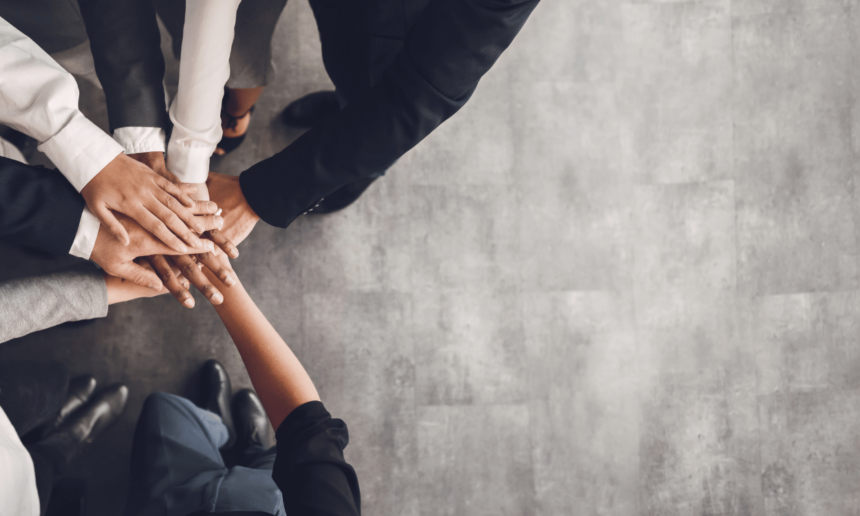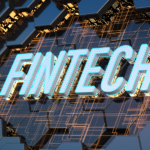A growing trend sees AI generating imagery in the iconic style of Studio Ghibli, inspiring interest from various sectors. This initiative utilizes OpenAI’s latest tool to create visuals reminiscent of cherished films like Ponyo and Spirited Away. New developments in AI art have also sparked broader discussions on creativity and originality, prompting both enthusiasts and critics to explore the impact on traditional animation methods.
Other reports on this subject highlight similar observations from celebrities, tech figures, and government representatives, noting that the use of AI in artistic creation continues to stir debate. Prior information reveals that the trend has evolved over time, reflecting ongoing concerns about compensation and credit for original creative efforts. These findings add layers to the conversation about digital art replication, which has been monitored by legal experts and industry insiders alike.
The trend, often referred to as “Ghiblification,” has attracted attention as images state-specific styles associated with Studio Ghibli become widespread on social media. Notably, the celebrated filmmaker Hayao Miyazaki, known for his insistence on detailed hand-drawn work, has not yet commented on these developments.
What are the legal implications of using Studio Ghibli style in AI art?
US copyright law does not extend protection to a visual style, allowing individuals to generate such images when used non-commercially.
“From a copyright standpoint, anyone is free to tell and illustrate their own images and stories using an animation style. Studio Ghibli may only be able to assert copyright infringement when a particular character is generated closely resembling its movie version,” said IP attorney Randall McCarthy.
How does traditional animation compare with AI-generated images?
Traditional animation, especially that pioneered by Miyazaki, features numerous hand-drawn frames that deliver a distinct, authentic quality. His work, maintained through labor-intensive techniques, stands in contrast to AI-generated images, which many argue lack the nuanced emotional detail of manual artistry.
Ethical concerns persist over the rapid production and widespread distribution of these AI images.
“OpenAI training on Ghibli’s data is a classic example of A.I. models training on data without any compensation or credit. Today, someone can mimic an iconic style like Ghibli with a few prompts and face little to no consequence,” stated Jason Zhao, co-founder of the A.I.-powered IP tokenization platform Story.
The debate continues over whether these tools adhere to the standards of creative authenticity.
Analytical insights suggest that the current discussions may affect future creative strategies. The industry is closely monitoring legal boundaries and the preservation of artistic identity as traditional methods meet modern digital innovations. This scenario offers valuable context for understanding the challenges and opportunities faced by artists and legal experts in the evolving digital age.










